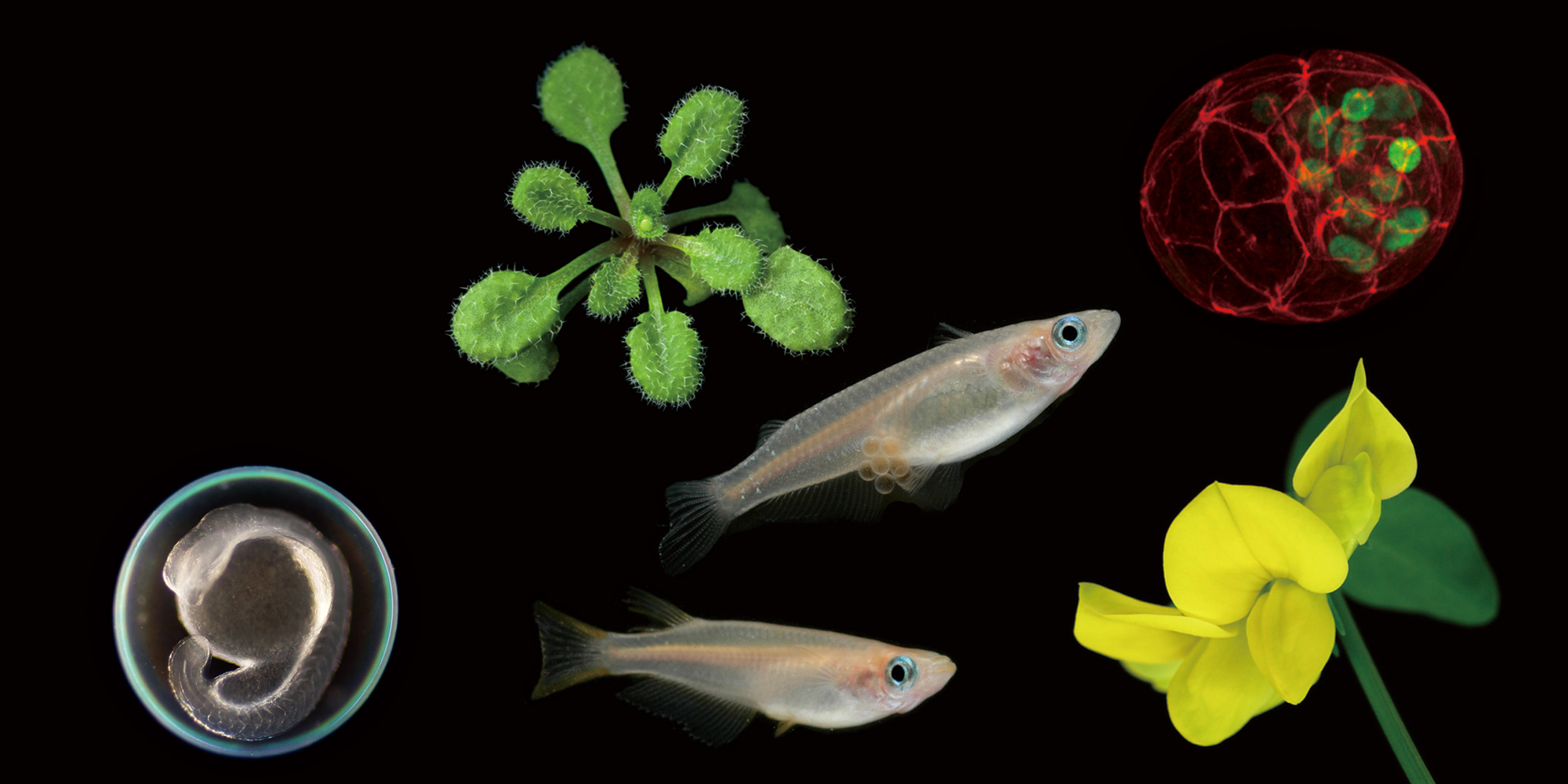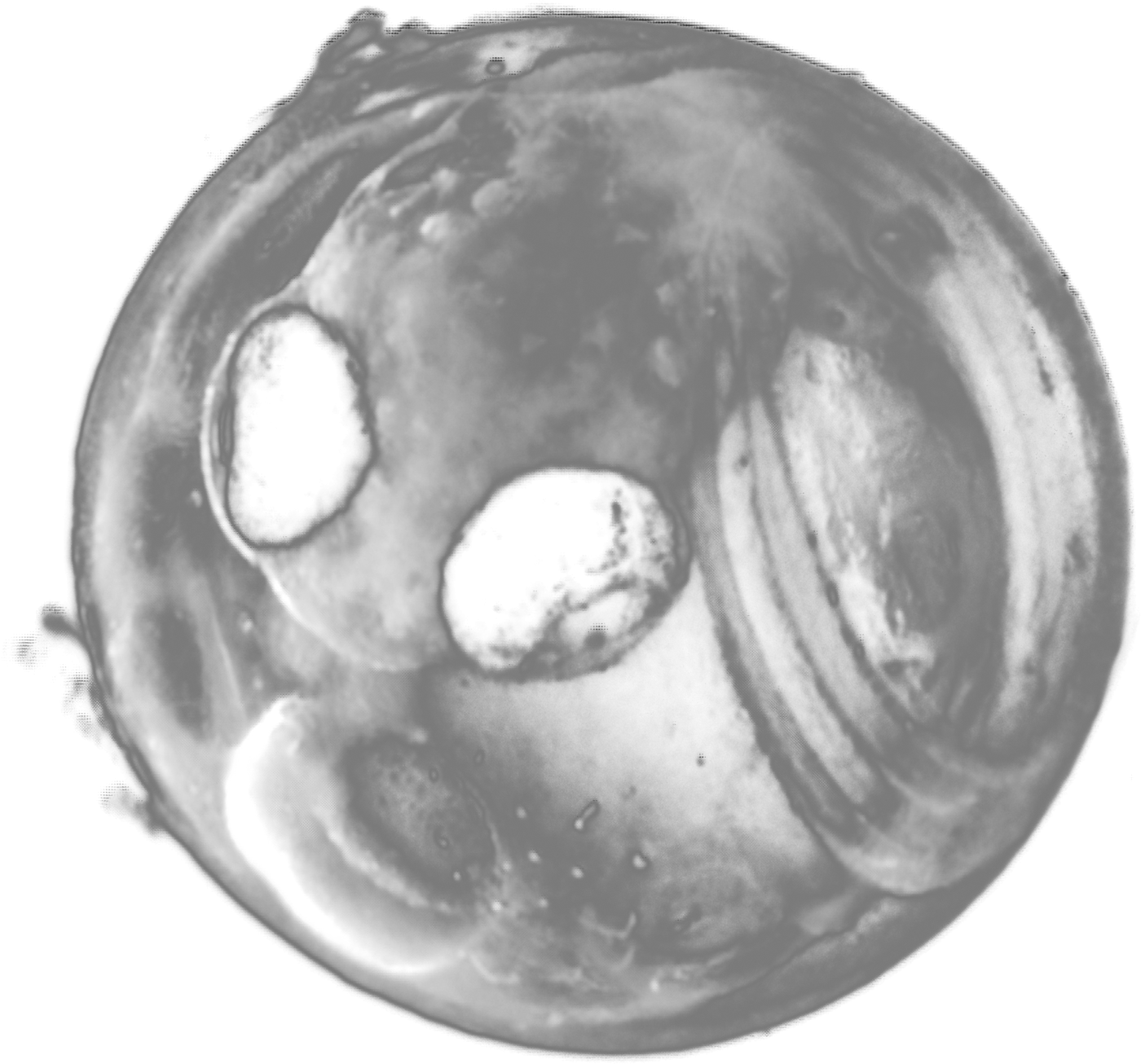2007.06.05 部門公開セミナー
Sphigosine 1-phosphate receptors regulate individual cell motility in directed migration of the prechordal plate during zebrafish gastrulation
甲斐 理武 博士 (Dept of Anatomy and Developmental Biology, University College London)
2007年06月05日(火) 16:00 より 17:00 まで
山手地区3号館2階共通セミナー室
岡崎統合バイオサイエンスセンター 分子発生 高田慎治 内線5241
Gastrulation is a highly co-ordinated process of establishing basic embryonic architecture and involves exquisite cell and tissue movements. During zebrafish gastrulation, cells forming the prechordal plate undergo directed anterior migration as a cohesive cluster. Recent studies revealed that E-cadherin mediated cohesion between these cells has an important role in effective anterior migration. However the mechanism underlying this process at the individual cell level remains poorly understood. In our morpholino (MO)-based screen, we identified miles apart (mil) as a suppressor of defective anterior migration of the prechordal plate cells in silberblick(slb)/wnt11, in which the cohesion is decreased. mil encodes a sphingosine 1-phosphate (S1P) receptor EDG-5. We further examined the roles of S1P receptors in prechordal plate movement and found that while MO abrogation of mil/edg-5 facilitates the migration, injection of a MO against another S1P receptor edg-1 suppresses this process. Co-injection of these two morpholinos was able to cancel each other's effect, suggesting that EDG-1 and Mil/EDG-5 can act on anterior migration in a mutually antagonistic manner. Strikingly, in slb embryos rescued by mil/edg-5-MO injection, the cells migrated even less coherently than those of slb embryos, but with increased motility. These results highlight the unexplored role of the motility of individual cells, regulated by S1P receptors, in directed migration of the prechordal plate.







